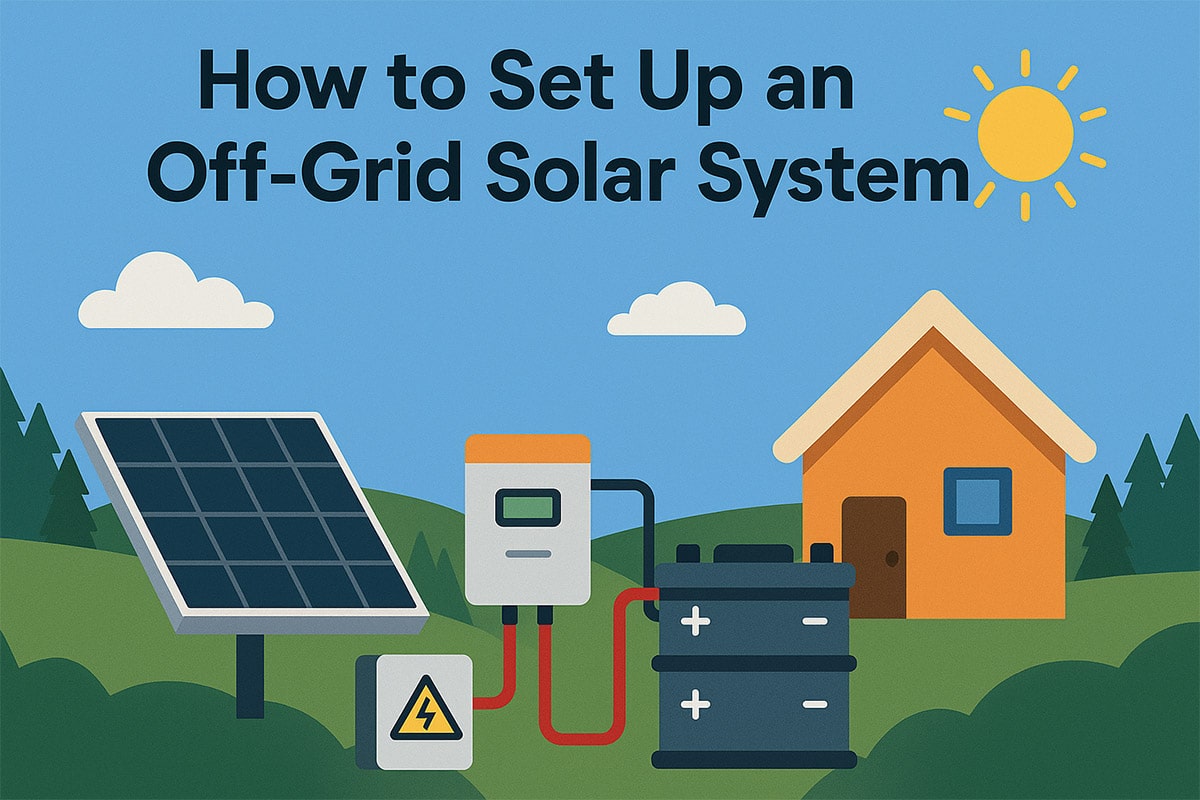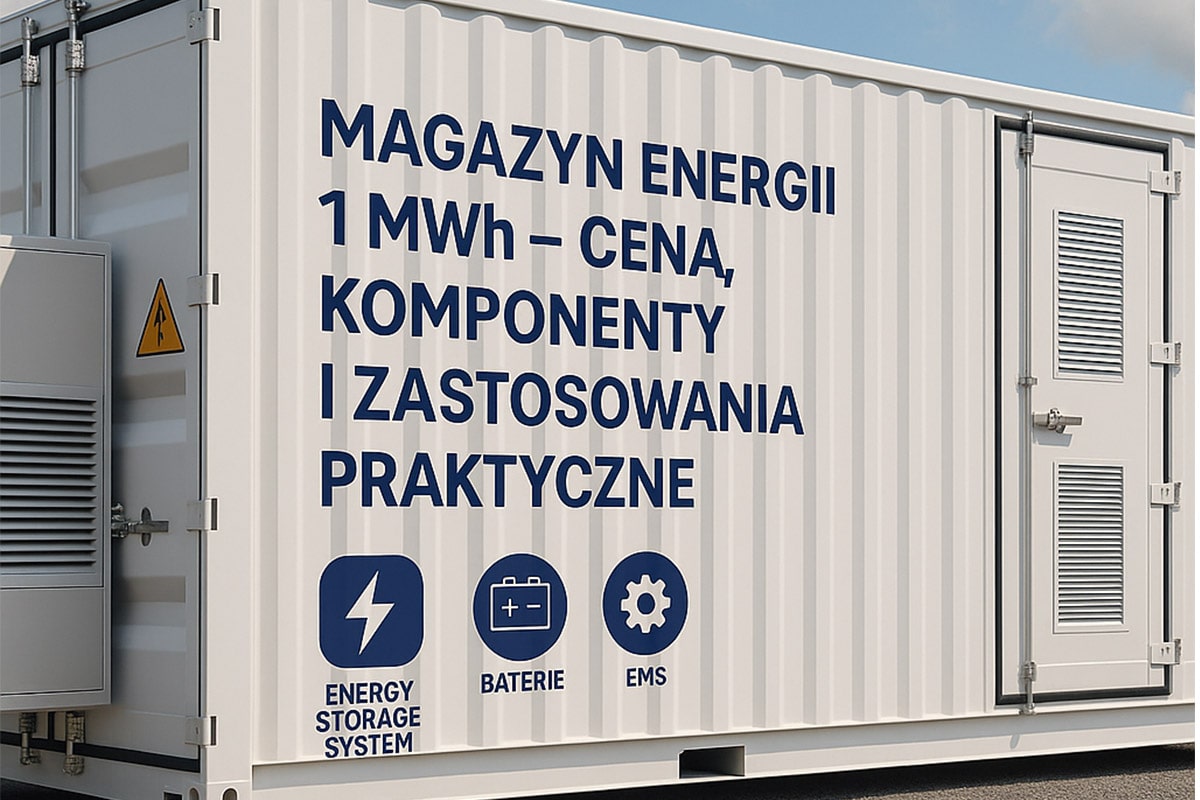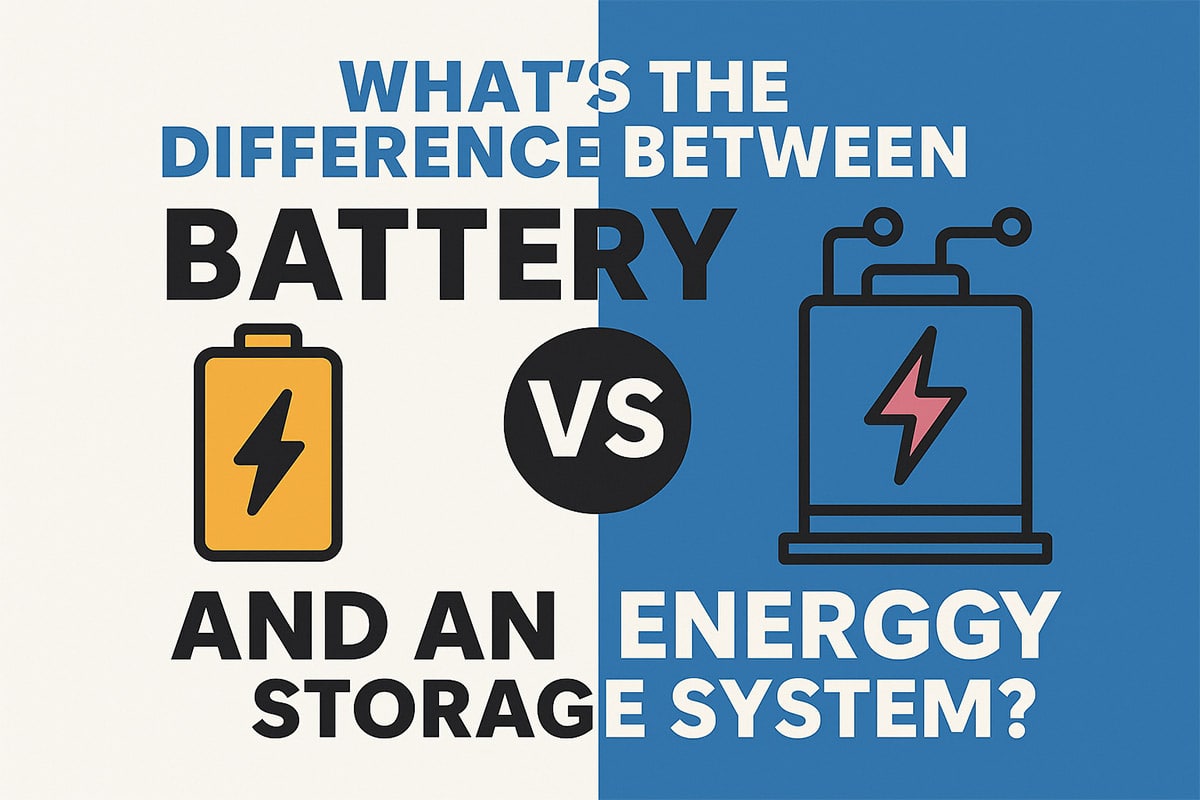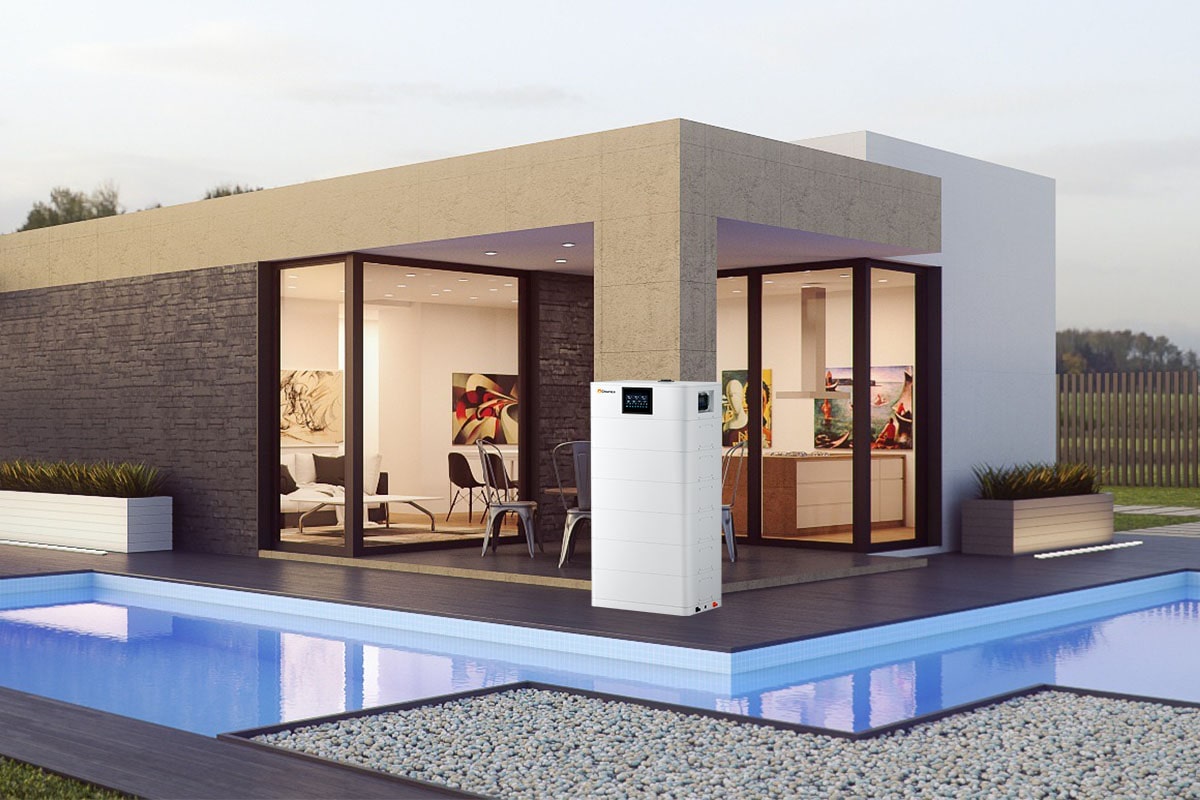What Are the Advantages of Industrial and Commercial Distributed Photovoltaics
What Are the Advantages of Industrial and Commercial Distributed Photovoltaics
Distributed photovoltaic power generation, also known as distributed power generation or distributed energy supply, specifically refers to the way of building and operating distributed power stations at or near users. It is usually built on the roofs of buildings in cities and towns, mainly industrial and commercial plants. Following the principles of adapting measures to local conditions, clean and efficient, decentralized layout, and nearby utilization, distributed photovoltaics make full use of local solar energy resources to replace traditional fossil energy for power generation, achieving energy saving, emission reduction, and green power generation. Most of the power generation side is also the power consumption side, which has the characteristics of self-use and surplus power connected to the grid.
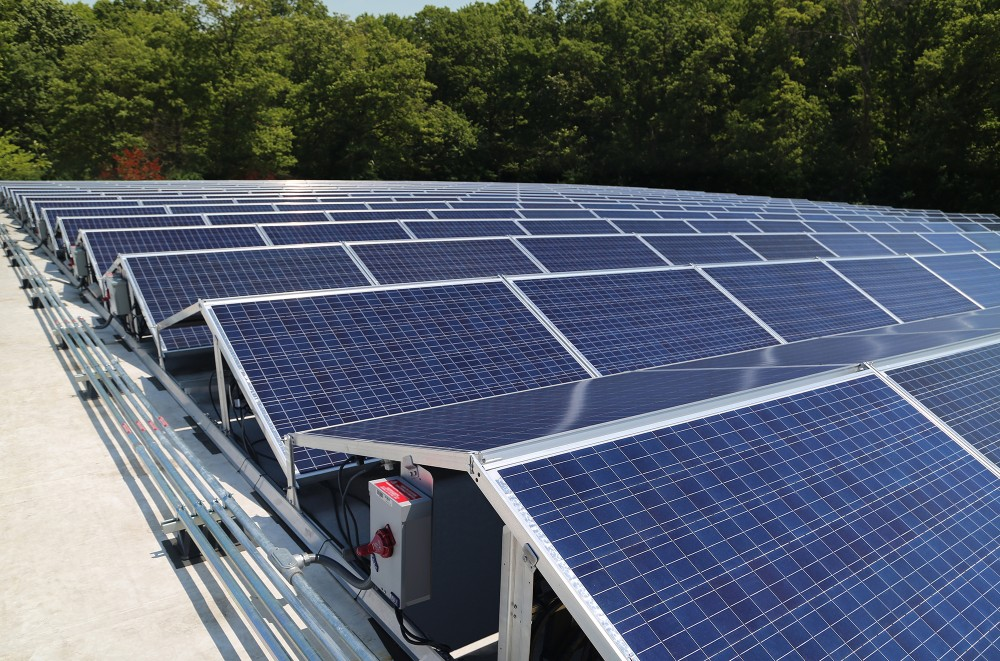
Compared with centralized photovoltaics, distributed photovoltaics have the following advantages:
First: small output power, high investment efficiency
The capacity of distributed photovoltaic power plants is generally several thousand watts to several megawatts, and the national regulations shall not exceed 6 megawatts. This kind of small photovoltaic power station has little impact on power generation efficiency, is more stable, and has a certain peak-valley adjustment capability. In addition, the installation cost is much lower than that of the centralized system, and the payback period is short and the economic benefits are high.
Second: Simultaneous development and use, local consumption
The distributed photovoltaic power station connects the generated electricity directly to the grid, which can be used immediately to solve the problem of consumption. As we all know, the centralized photovoltaic power station is mainly used on the power generation side, and the power is transmitted to every corner of the distance through the booster station, and part of the power loss will be generated in this process. In comparison, the advantages of distributed photovoltaic utilization are extremely obvious.
Third: Convenient monitoring and control, safer operation
Since the distributed photovoltaic power station is relatively independent and has a small area, it can realize fully automatic AI monitoring, monitor the operation of photovoltaic panels in real time, and avoid potential safety hazards in advance.
Fourth: Wide application, green and beautiful
Distributed photovoltaics are laid out on the roof of buildings. Compared with centralized photovoltaic power plants, the site selection is much simpler and the options are much higher. Installing solar photovoltaic panels on the roof of the building can also reuse idle roof resources and build neat rows of photovoltaic arrays. The previously dirty and messy roofs have become much more beautiful and become the landscape of the city.
When it comes to the site selection of distributed photovoltaics, take the most extensive industrial and commercial distributed photovoltaics as an example. If industrial and commercial plants need to deploy distributed photovoltaics, what conditions do they need to meet?
First of all, the basic situation of the building needs to be clear.
Including the ownership of the factory building, whether there is a mortgage, the service life, building materials, area and orientation, etc. It is recommended to develop and construct distributed photovoltaics on roofs with a long service life and belonging to oneself or the government. In addition, the inclination angle and azimuth of the roof, whether there are shelters around, whether there are fan outlets and other equipment on the roof are also very important. These hardware conditions can determine the installed capacity and normal daylighting area, so as to calculate the power generation. In addition, once a distributed photovoltaic power station is built, it can generally operate for about 25 years, so it is necessary to check the load of the building in advance to ensure that it can meet the load-bearing requirements during these 25 years to avoid potential safety hazards and economic losses.
Second, it is necessary to clarify the land use conditions of the project.
Power-consuming enterprises must have the right to use the land, and ensure that there is no mortgage, and at the same time ensure that the land used and the owner are not involved in any legal proceedings.
Furthermore, it is necessary to understand the electricity consumption and operating conditions of electricity companies.
Industrial and commercial enterprises should provide relevant electrical equipment and electricity consumption data, for example, the historical electricity bills of the enterprise, peak and valley electricity consumption time periods, and so on. The operation of the enterprise is also a key point of assessment. In order to ensure the long-term stable and effective operation of the power station project, the power-consuming enterprise needs to ensure that it is in a state of orderly operation and long-term profitability.
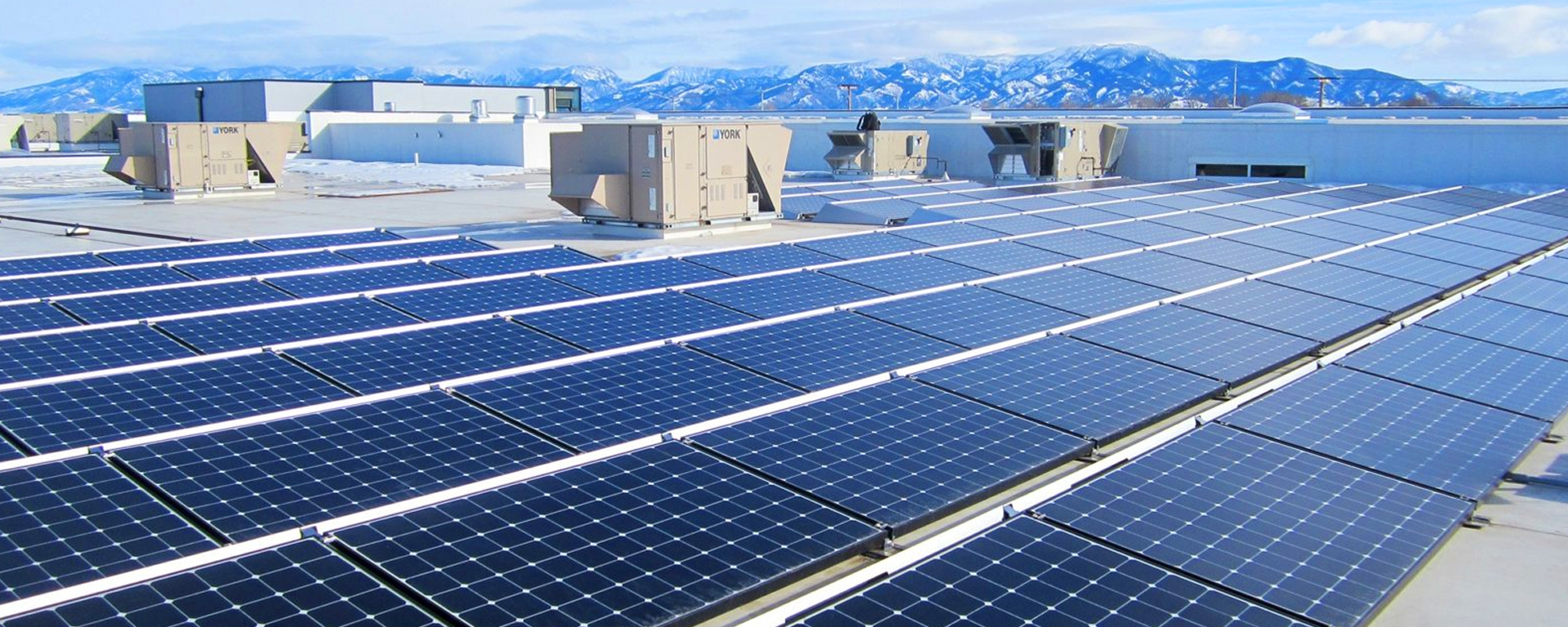
Finally, power distribution facilities and grid connection points.
There are mainly the following six points:
1) Transformer capacity, quantity, bus coupler, load ratio, etc. in the factory area;
2) The location of the meters in the factory area, busbar specifications, switch specifications and models, etc.;
3) Whether the factory area is equipped with an independent power distribution room, whether there is a spare interval for the power distribution equipment, and if not, whether the busbar can be crimped;
4) Prioritize users with large transformer capacity and large load ratio;
5) Check the capacity of the main switch of the incoming line, and consider the income issue. The output current of the photovoltaic power generation system should not be greater than the capacity of the user switch;
6) Based on the principle of convenient and economical wiring, consider the installation locations of inverters and grid-connected cabinets.

